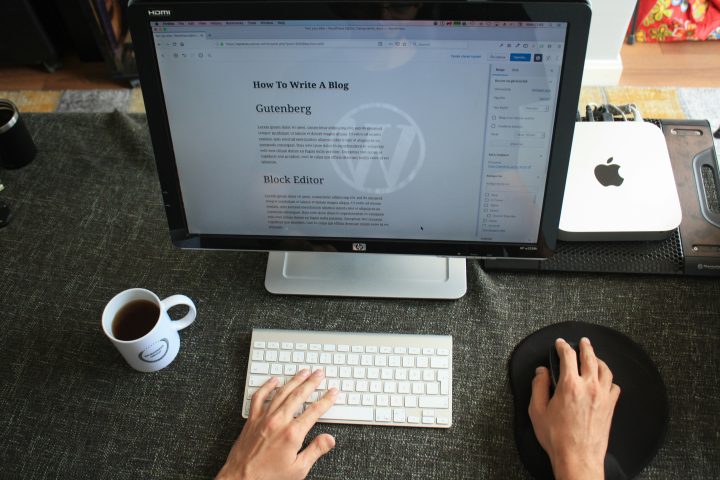WordPress is the most popular content management system. But just like in real life, popularity has its upsides and downsides. It’s incredibly easy to use, yet it’s also incredibly lucrative to hackers. Cybercriminals focus on WordPress sites the most. But that doesn’t mean you should stop using it. Instead, implement these top 11 security tips and protect your site from most cyberattacks.
-
Log Out Idle Users
You may have noticed that your banking app logs you out after a while. That’s a security measure that many websites with sensitive information enable. WordPress, on the other hand, doesn’t log anyone out by default. Instead, you stay logged in even if you close your browser, which is why idle users should be logged out after a while. The Inactive Logout plugin can help you do that. Just set the time, and users will be automatically logged out after their session expires.
-
Set User Roles and Permissions
The user management system of WordPress is a force to be reckoned with because it has loads of capabilities. You don’t want to give that power to the wrong people. Make sure you learn all of the roles and permissions and what they can do on your site.
-
Limit Dashboard Access
By default, all WordPress users on your site can access the admin area. Certain users need access to the dashboard, but not all of them. To fix this, you can use the Remove Dashboard Access plugin and select who will be able to interact with the admin area.
-
Create a Custom Login Site
If you’re using WordPress for an e-commerce site, a learning management platform, or a membership site, users will need to create accounts. But if you don’t customize the login area, they could use their accounts to get to the admin area. This is not a problem if you set the correct user roles, but it’s still not advisable. To make sure this doesn’t happen, create a custom login site. That way, you’ll limit access and allow users to sign up, log in, and manage their profiles.
-
Update to the Newest Version
Every update usually comes with a new security patch, feature, or bug fix. Don’t postpone them. Each passing minute using old software is a minute a hacker can use to breach your site, especially if there’s a large exploit. Update whenever the opportunity presents itself.
-
Enforce Strong Passwords
The more people have access to the admin dashboard, the more chances a hacker will strike. That’s why strong passwords are a must. If someone edits their account and chooses a weak password, a brute-force attack is inevitable. You need to make sure you’re using a security plugin that forces users to create strong passwords.
-
Disable Login Hints
Login hints are great for users because they indicate whether you enter the wrong password or the wrong username. That’s why they’re great for hackers, too! Cybercriminals can use the hints to figure out when they get a username correct or a password correct. You don’t want to make their job easier. Disable the login hints in your theme, or use a code snippet plugin.
-
Use Security Software
It’s important to use security software on your device because the biggest cybersecurity threat is malware. But what security software to choose? In the debate of vpn vs antivirus, the answer is that each of them has specific uses. An antivirus protects devices from traditional malware coming from USBs, email links, and attachments, while a VPN secures your online activities by encrypting internet traffic and hiding your IP address. Pick one based on your personal preference.
-
Limit Login Attempts
One of the reasons why hackers love WordPress is because they have unlimited login attempts unless you turn them off. If a cybercriminal gets your username, they’ll use an automated script to crack your password easily. To prevent that from happening, install the Login LockDown plugin and set it up to allow as many attempts as you want. In addition to the measures mentioned, utilizing tools like WP Captcha can further secure your admin area by preventing unauthorized access and reducing the risk of brute-force attacks.
-
Limit Login Access to IP Addresses
A step above limiting the number of attempts is to allow specific IP addresses to log in. That way, only trusted users will be able to control the admin area. To perform this, you’ll need to add some code to the .htaccess access file.
-
Use Two-Factor Authentication
The final layer of login security is two-factor authentication. Even if someone goes through all the trouble to figure out your password and username, they won’t be able to do anything without your Google Authenticator verification code.
